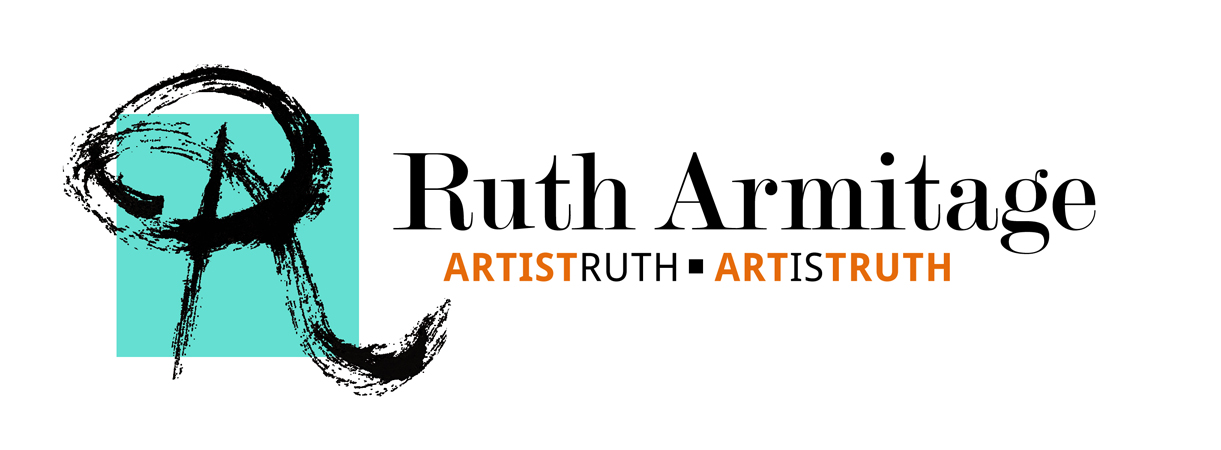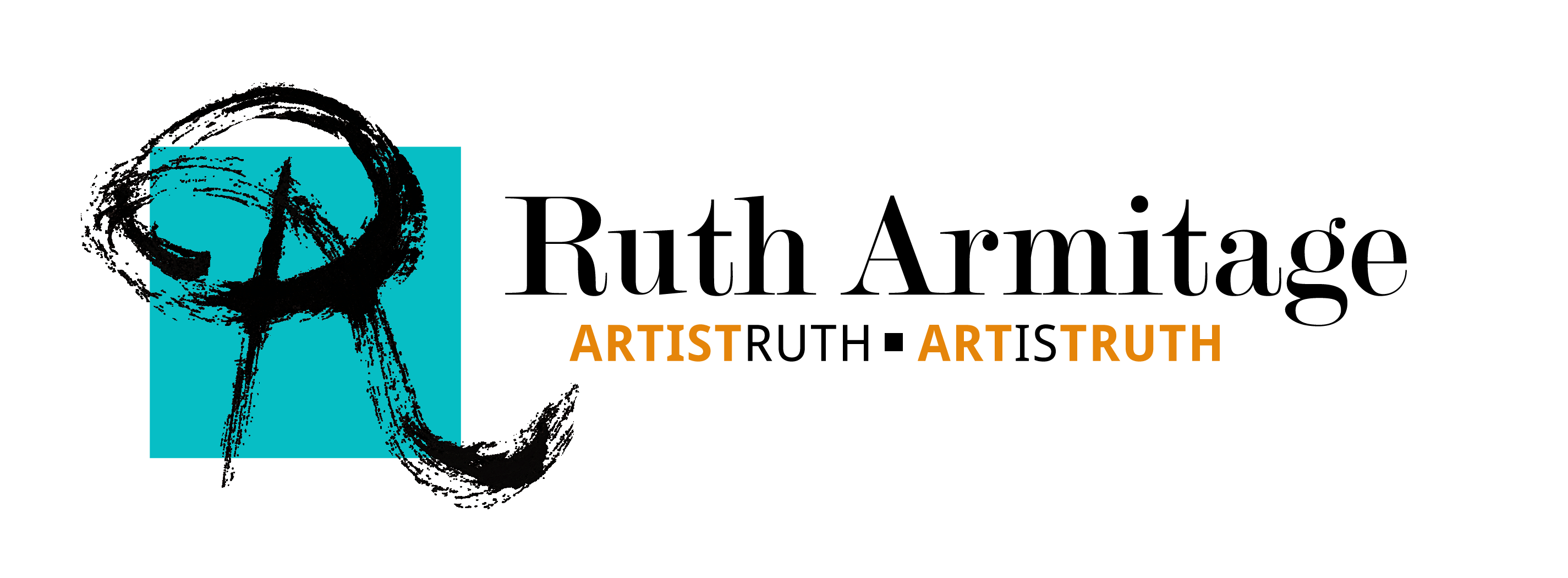Oregon has had its share of ice this winter, and I took advantage of this unusual weather to do a bit of ice crystal painting.
I wet a sheet of 300 lb. Fabriano soft press watercolor paper, took it outside into the freezing cold, and dropped fluid acrylics and acrylic inks onto the surface, allowing the ice crystals to form patterns on the paper as they solidified. Then I brought it inside and kind of forgot about it, until it was time to do a demonstration for a local watercolor group.
Here is what my ‘start’ looked like after it dried. It’s hard to see in this image, but the paint dried in a crystalized pattern in some of the thinner areas. I love the lacy texture it left in different areas of the work.
Lessons Learned:
1 – transparent colors work better
2 – the paint and ink need to be slightly watery.


This detail image shows part of the painting that has ice crystal formations
I thought I’d share a few in process shots that my friend Liz Walker took during the demonstration. As I worked, I was thinking about my childhood experiences at the local swimming hole on our property. I added calligraphy using a water soluble crayon, and started putting in shapes and color variation. One of my goals was to keep the color changes fairly subtle.
“To be nobody but yourself in a world which is doing its best day and night to make you like everybody else means to fight the hardest battle which any human being can fight — but never stop fighting.” — e.e. cummings








Finally I started adding small detail using an acrylic marker.You can see some of the areas in the detail shots below.

And I started varying the color more! Jeez – This doesn’t look at all subtle!


more detail
 Here is how the painting looked at the end of the demonstration.
Here is how the painting looked at the end of the demonstration.
When I took a look at it this week, I decided that the top 1/3 of the painting needed to be simplified and lightened. Here’s how it looks now! I hope you’ll try ice crystal painting next time you encounter some freezing weather! I’d love to hear your thoughts on seeing the process. Questions and comments are welcome.

“Jump” ©Ruth Armitage, Acrylic on Paper 30×22″



This is a very fun and informative post. I love the light you added.
Thanks Margaret!
Ruth, this is such a good example of how many layers of paint and thought and feeling go into an abstract painting-no matter what medium you use. Thank you for sharing the ice painting idea, too. Very powerful finished painting.
Thank you so much, Susan! It really is a layering process…
I tried the ice painting a couple of years ago. Didn’t work very well. But I forgot this year! Darn! Will be ready next time it comes. Thanks for sharing. I love your abstracts – just can’t seem to get to the right place with mine. Onward!
Thanks Becki – Keep moving forward! It takes time…
It was great to watch you layer the paint and details on “Jump”. I love the push and pull between light and dark and the overlay of color . I admire your exploratory process which is fueled by bravery and emotion. Thank you for sharing once again Ruth !
Thanks Jean! I was trying to think of a clever way to communicate that when doing a demo you have to have ice water in your veins- while still maintaining fiery passion! Not easy!
Wow, I love the layers and all the steps in between. I would have stoped too soon.
Thanks Jenica! It is always hard to know when to stop ?
HI Ruth, Congratulations on the international and San Diego shows. Love your work, and thanks so much for this wonderful demonstration. I’m wondering – could you try putting a smaller piece in the freezer? Would that work? I’m tempted to try. I love the effects.
Hi Caroline,
I think that you could! Give it a try and report back 🙂
Why wait for the weather to make ice crystals? Use the freezer and keep an eye on it until the the process of freezing is finished. In Canada there is no problem waiting for the weather because in Winnipeg it stays frozen from November until March!
I’ve watched your “risk taking” growth in abstract over the years. Your piece is definitely worthy of being selected for the international show! Congratulations, you deserve this honor!
Thank you Carol! I appreciate your comment… so nice to know folks are observing over the years. Winnipeg sounds very cold… ice painting would be fun there!
I had difficulty getting this to work with watercolors. How long do you let it freeze? The ice turned back to water when I brought it in, and mostly what I had were dots as if I had spattered it.
Hi Ginny,
It’s been a couple of years since I’ve done this… but I believe I left it out until it was almost dry, then finished drying it with a hairdryer. The other thing that I found was that staining colors like alizarin and phthalos worked best! It does take some experimentation – and REALLY cold temps! Best of luck!